
~ Latest titles in the Build It Yourself Series ~

Check out more titles at www.nomadpress.net
Nomad Press
A division of Nomad Communications
10 9 8 7 6 5 4 3 2 1
Copyright 2014 by Nomad Press. All rights reserved.
No part of this book may be reproduced in any form without permission in writing from the publisher, except by a reviewer who may quote brief passages in a review or for limited educational use.
The trademark Nomad Press and the Nomad Press logo are trademarks of Nomad Communications, Inc.
ISBN Softcover: 978-1-61930-254-9
ISBN Hardcover: 978-1-61930-250-1
Illustrations by Sam Carbaugh
Educational Consultant, Marla Conn
Questions regarding the ordering of this book should be addressed to Nomad Press
2456 Christian St.
White River Junction, VT 05001
www.nomadpress.net
Printed in Canada.
CONTENTS
 Interested in Primary Sources? Look for this icon.
Interested in Primary Sources? Look for this icon.
You can use a smartphone or tablet app to scan the QR code and explore more about comics and cartooning! Cover up neighboring QR codes to make sure youre scanning the right one. If you dont have a QR code scanning device, you can find a list of each url in the Resources on page 118.






From newspapers to movie theaters, comics are everywhere. Your parents, grandparents, and even great-grandparents grew up reading them! They are one of the oldest ways to tell a story and they are one of the newest forms of modern art. Does that sound a little confusing?
Dont worry, in this book youll learn all about the history of this fun art form and unravel some of the mysteries of comics.
What are comics? There are many definitions for comics floating around. The most universal one is that comics are images in sequence that tell a story, with or without words. A cartoon is a comic published in a newspaper or magazine.
WORDS TO KNOW
comic: images in sequence that tell a story, with or without words.
image: a picture of something, either real or imagined.
sequence: the order in which something happens.
cartoon: a comic published in a newspaper or magazine.
Like stories, comics have rules and systems to help readers understand what is happening. Instead of sentences, you can use panels to help contain an idea or scene. Pages of comics work like paragraphs, while word balloons , thought clouds , and narration blocks give your characters a place to speak, think, or observe.
COMICS DONT READ LIKE STORIES OR NOVELS AND CAN BE CONFUSING IF YOU DO NOT KNOW THE RULES AND SYSTEMS.

Modern comics use panels to frame each section. These panels are arranged in a sequence, or order, from beginning to end. The first panel starts the story, giving basics such as who is in the strip and where the story is taking place. The middle panel or panels follows and moves the story along. The final panel ends the story and usually has something funny or exciting happen in it!
WORDS TO KNOW
panel: a square or other shape that frames a single scene in a comic strip.
word balloon: a rounded outline with a point toward a character that encloses the characters speech.
thought cloud: a shape similar to a word balloon that encloses a characters thought.
narration block: a block of text that contains the voice of the writer or of a character talking about what is happening.
character: someone in a story.
Comics are only as good as their characters. When you think of comics, do you imagine superheroes? The history of comics is full of different types of characters, from masked crusaders to funny animals. You can even turn yourself into a compelling comic character!
What makes a character interesting? Keep reading to learn how to make your own characters using some of the best techniques in comics!
Comics didnt just appear overnight with todays rules and systems. They developed into the comics we know now through years of experimentation. Advances in printing, duplication technology , and computers have also been important to the evolution of comics.

Comics are fun and anyone can make them. As you read this book, youll learn the basics of drawing, how to tell a story using comics, and how to make your very own comic book. You will even learn how to make a web comic that anyone in the world can read.
WORDS TO KNOW
technology: scientific or mechanical tools, methods, and systems used to solve a problem or do work.
TRY THIS! Using stick figures, fill in the comic strip below. Make your characters speak, think, and observe in the right spaces.


Where do comics come from? Ancient cave paintings in Font-de-Gaume, France, are some of the oldest paintings that we can still see. They are more than 14,000 years old. Sometime in the far past, the first human artists decided to tell stories of dreams and hunting by painting representations of things on the walls of the cave.
The artists used simple lines to represent what they saw in the world and in their dreams. Humans on cave walls look a lot like the stick figures of today. Other animals are easy to recognize, such as reindeer and saber-toothed tigers.
WORDS TO KNOW
representation: showing things in pictures or other forms of art.
THESE PAINTINGS DONT JUST SHOW PEOPLE AND ANIMALS STANDING STILLTHEY TELL A STORY.
The humans are often shown hunting, throwing spears, and running. Its easy to imagine the artists sharing their stories with members of their tribe , pointing at these moments in the action to illustrate their story.
Until humans invented writing, most stories were passed along orally . The stories of the cave paintings of Font-de-Gaume were told to generation after generation, long after the original artists and storytellers had died. These paintings are some of the first examples of humans using images to tell a story!
Next page


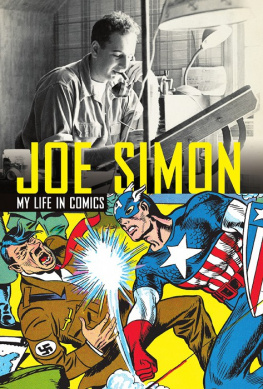
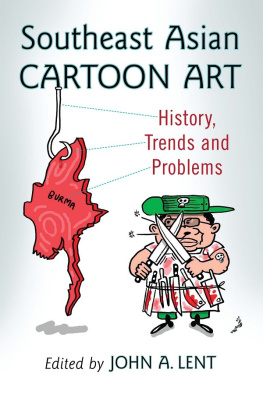
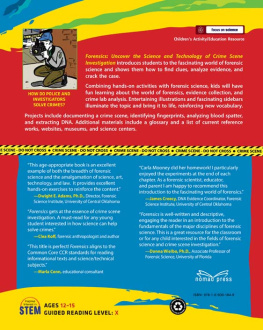
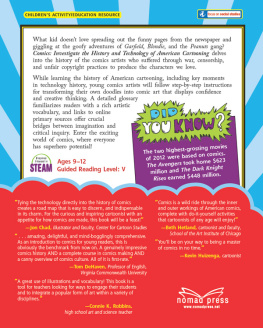
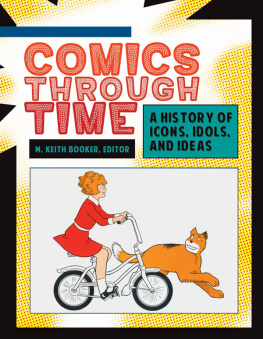


 Interested in Primary Sources? Look for this icon.
Interested in Primary Sources? Look for this icon.







